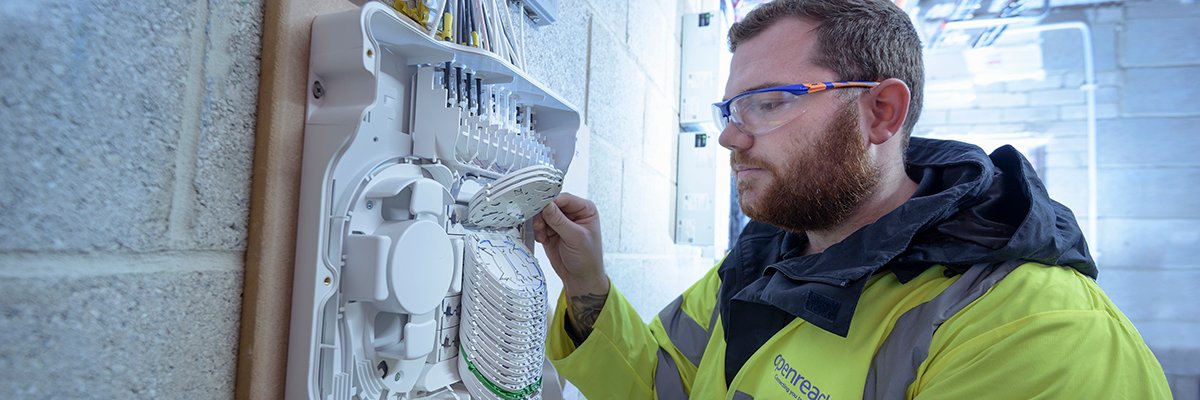Showing the potential for internet of things (IoT) connectivity in modern industrial workplaces, the lone worker safety solution market in Europe and North America continues to grow as more organisations understand the value connectivity solutions bring to the sector, according to research from analyst firm Berg Insight.
Modern lone worker safety solutions typically consist of a dedicated lone worker device or smartphone app able to send an alarm signal and a monitoring platform that displays information about the location and status of the lone worker. In case of emergency, workers can call for help from co-workers or professional alarm-monitoring operators, as well as the police and other emergency responders.
The third edition of the analyst’s Lone worker safety solutions study calculated that the user base in Europe and North America had reached 1.5 million at the end of 2022. The report found the UK to be the largest and most mature lone worker market in the two regions – accounting for more than half of the total European market – followed by Canada. Legislation specifically addressing the safety of lone workers has fostered growth in these two countries. Berg added that many of the largest suppliers of lone worker protection devices and services originate from these regions.
In Europe, the number of users is forecast to grow from 985,000 at the end of 2022 to reach over 1.4 million at the end of 2027, while the North American market is expected to grow from 505,000 users at the end of 2022 to 935,000 users at the end of 2027.
The report calculated that the market value of lone worker protection solutions and services reached €120m in Europe and €75m in North America in 2022. By 2027, that market value is anticipated to grow to €150m in Europe and €105m in North America.
The main drivers for adoption are new lone worker safety regulations, higher employee insurance costs, greater awareness of the risks that lone workers face, as well as a better understanding of efficiency benefits associated with lone worker protection services, the report noted.
“The transition to app-based solutions continues in Europe and North America as the cost of implementation is significantly lower compared to dedicated lone worker devices,” said Martin Bäckman, principal analyst at Berg Insight. “In the past few years, a number of new satellite communicator devices that can be paired with smartphones have been launched. These make it possible for workers to use the lone worker app also outside of cellular network coverage.”
Berg Insight said the lone worker safety solutions market is served by various companies offering hardware devices, software solutions and alarm monitoring and response services. The majority of the solution providers on the market currently focus on software services, with only a few also developing dedicated lone worker devices and operate their own alarm-receiving centres.
